Numerical Experiment on Salt Transport Mechanism of Salt Intrusion in Estuarine Area
Abstract
:1. Introduction
2. Mathematical Model of Saline Water Intrusion and Verification Data
2.1. Control Equation of the Mathematical Model
- (1)
- the continuity equation:
- (2)
- the momentum equation:
- (3)
- the salt transport equation:
- (4)
- the state equation:where , can be taken as 1, 2, and 3 respectively; is the velocity in the x, y, and z directions; is x, y, and z directions; is the porosity; is a function of density with respect to temperature and salinity; is the Reynolds stress; is the time; is the dynamic viscosity coefficient; is the resistance source term of the momentum equation in the x, y, and z directions; is the source term of the salt transport equation in the x, y, and z directions; is the salinity; is the turbulent viscosity; is the turbulent Schmidt number, value = 0.7; is the molecular diffusion coefficient; is the sea water temperature, taking the fixed value; and, is the empirical coefficient.
2.2. Physical Tank Experiment
3. Numerical Simulation and Verification of the Saltwater Intrusion Movement
3.1. No-Runoff and No-Tide Condition
3.1.1. Model Set-Up of the No-Runoff and No-Tide Condition
3.1.2. Velocity Distribution
3.1.3. Analysis of Saline Water Intrusion Distance and Head Hydrodynamics
3.2. No-Runoff and Tide Condition
3.2.1. Modeling of the No-Runoff and Tide Condition
3.2.2. Water Level
3.2.3. Velocity Distribution
3.2.4. Intrusion Distance and Front-End Hydrodynamic Analysis
3.3. Condition of Runoff and Tides
3.3.1. Modeling of the Condition of Runoff and Tides
3.3.2. Water Level
3.3.3. Velocity Distribution
3.3.4. Intrusion Distance and Front-End Hydrodynamic Analysis
4. Conclusions
- (1)
- A very-high-resolution mathematical model of saltwater intrusion movement in estuary areas was established, which was verified by comparison with a physical flume experiment. The model was divided into 4000 grids in the horizontal direction and 500 layers in the vertical direction. The mixing of salt and fresh water at the interface of salt and fresh water, under the combined action of tide, salinity gradient, and runoff, and the intrusion of saltwater were simulated with reasonable accuracy.
- (2)
- The numerical simulation of the mixing of salt and fresh water with no runoff and no tide shows that because of the influence of no external dynamic factors, the interface between salt and fresh water is wedge-shaped. Furthermore, there is a large velocity gradient change at the interface between salt and fresh water, and local circulation occurs at the front edge of the head of the saltwater intrusion, which makes the mixing of salt and fresh water more intense at the front end of saltwater intrusion.
- (3)
- The numerical simulation of the mixing process of salt and fresh water with no runoff and tide shows that the interface between salt and fresh water undulates, which is different from the smooth interface between salt and fresh water under the condition of no runoff and no tide. When the saltwater intrudes upward, the front part circulates and rolls, resulting in strong dispersion and strengthening the mixing between salt and fresh water. In the saltwater retreating stage, the vertical active mixing between salt and fresh water subsides.
- (4)
- The numerical simulation of the mixed movement process of salt and fresh water with runoff and tide shows that the speed of saltwater intrusion is much slower than that under the condition with no runoff and tide, indicating that runoff is the fundamental factor inhibiting saltwater intrusion. It also suggests that the interface between salt and fresh water is relatively gentle; change in the velocity gradient is small; and the mixing range of salt and fresh water becomes larger. Under the combined action of upstream runoff, downstream tide, and salinity gradient, the saltwater intrusion distance reaches a dynamic and stable state within a period of time.
- (5)
- There are many sudden changes in the simulation results, which may be caused by numerical oscillations. The reason may be the boundary setting problem or the reflection problem caused by the change in water level, which needs to be analyzed and verified. It cannot be solved at this stage, and further work will be conducted at the next stage to solve this problem.
Author Contributions
Funding
Institutional Review Board Statement
Informed Consent Statement
Data Availability Statement
Conflicts of Interest
References
- Krvavica, N.; Ružić, I. Assessment of sea-level rise impacts on salt-wedge intrusion in idealized and Neretva River Estuary. Estuar. Coast. Shelf Sci. 2020, 234, 106638. [Google Scholar] [CrossRef] [Green Version]
- Zhang, D.; Yang, Y.; Wu, J.; Zheng, X.; Liu, G.; Sun, X.; Lin, J.; Wu, J. Global sensitivity analysis on a numerical model of seawater intrusion and its implications for coastal aquifer management: A case study in Dagu River Basin, Jiaozhou Bay, China. Appl. Hydrogeol. 2020, 28, 2543–2557. [Google Scholar] [CrossRef]
- Hu, X. Numerical Study of Saltwater Intrusion in Modaomen of Pearl Estuary. Master’s Thesis, Tsinghua University, Beijing, China, 2010. (In Chinese). [Google Scholar]
- Liu, Z.; Shi, N.; Guan, S.; Lin, Y.; Zhang, J.; Zhuo, W. Three-dimensional numerical simulation of saltwater intrusion in Modaomen estuary based on FVCOM. J. Hydrodyn. 2016, 31, 286–294. (In Chinese) [Google Scholar]
- Liu, Z.; Guan, S.; Zhang, J.; Ding, B.; Lin, Y.; Zha, X. Three-dimensional numerical simulation of saltwater intrusion into the Humen estuary based on FVCOM. J. Trop. Oceanogr. 2016, 35, 10–18. (In Chinese) [Google Scholar]
- Cheng, P.; De Swart, H.E.; Valle-Levinson, A. Role of asymmetric tidal mixing in the subtidal dynamics of narrow estuaries. J. Geophys. Res. Oceans 2013, 118, 2623–2639. [Google Scholar] [CrossRef] [Green Version]
- Zheng, S.; Cai, S. A Model Study of the Effects of River Discharges and Interannual Variation of Winds on the Plume Front in Winter in Pearl River Estuary. Pearl River 2017, 38, 1–9. (In Chinese) [Google Scholar] [CrossRef]
- Lyu, Z.; Feng, J.; Gao, X.; Wang, Y.; Zhang, M.; Kong, J. Estuarine circulation and mechanism of mixing and stratification in the Modaomen Estuary. Adv. Water Sci. 2017, 28, 908–921. (In Chinese) [Google Scholar]
- Bao, Y.; Ren, J. Simulation of Salinity Stratification in Zhujiang River Estuary Using Modified Salinity Numerical Forma. J. Trop. Oceanogr. 2001, 20, 28–34. (In Chinese) [Google Scholar]
- Kim, S.-Y.; Kim, K.-M.; Park, J.-C.; Jeon, G.-M.; Chun, H.-H. Numerical simulation of wave and current interaction with a fixed offshore substructure. Int. J. Nav. Arch. Ocean Eng. 2016, 8, 188–197. [Google Scholar] [CrossRef] [Green Version]
- Gerhart, P.M.; Gross, R.J.; Hochstein, J.I. Fundamentals of Fluid Mechanics; Addison-Wesley Pub. Co.: Boston, MA, USA, 1992. [Google Scholar]
- Zhang, P.; Yin, X.; Zhao, X.; Jiang, L.; Zeng, Y. Experimental Study on Estuary Salt Water Intrusion Length with Runoff and Tide and Its Variation Law. Water Resour. Power 2016, 34, 60–64. (In Chinese) [Google Scholar]
- Benjamin, T.B. Gravity currents and related phenomena. J. Fluid Mech. 1968, 31, 209–248. [Google Scholar] [CrossRef]
- Turner, J.S.; Benton, E.R. Buoyancy Effects in Fluids. Phys. Today 1974, 27, 52. [Google Scholar] [CrossRef]
- Allen, J.; Somerfield, P.; Gilbert, F. Quantifying uncertainty in high-resolution coupled hydrodynamic-ecosystem models. J. Mar. Syst. 2007, 64, 3–14. [Google Scholar] [CrossRef]
- Chen, J. A simple method for reconstructing a high-quality ndvi time-series data set based on the savitzky–golay filter. Remote Sens. Environ. 2004, 91, 332–344. [Google Scholar] [CrossRef]

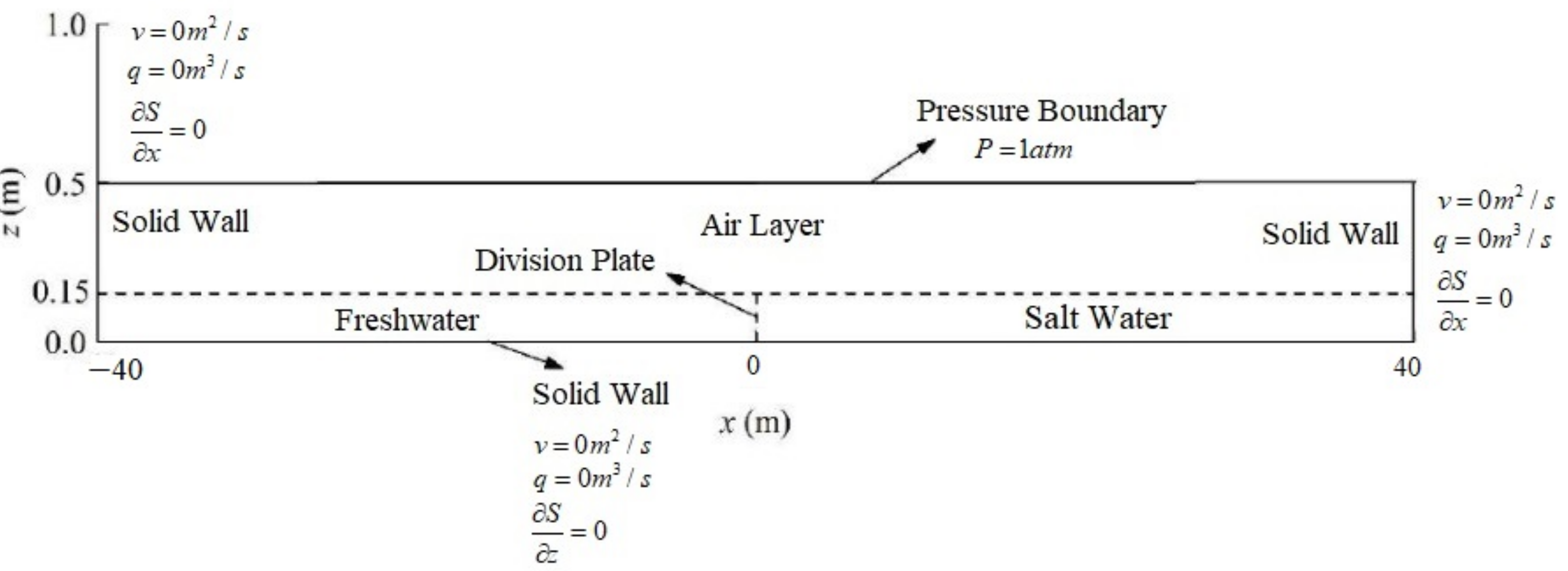
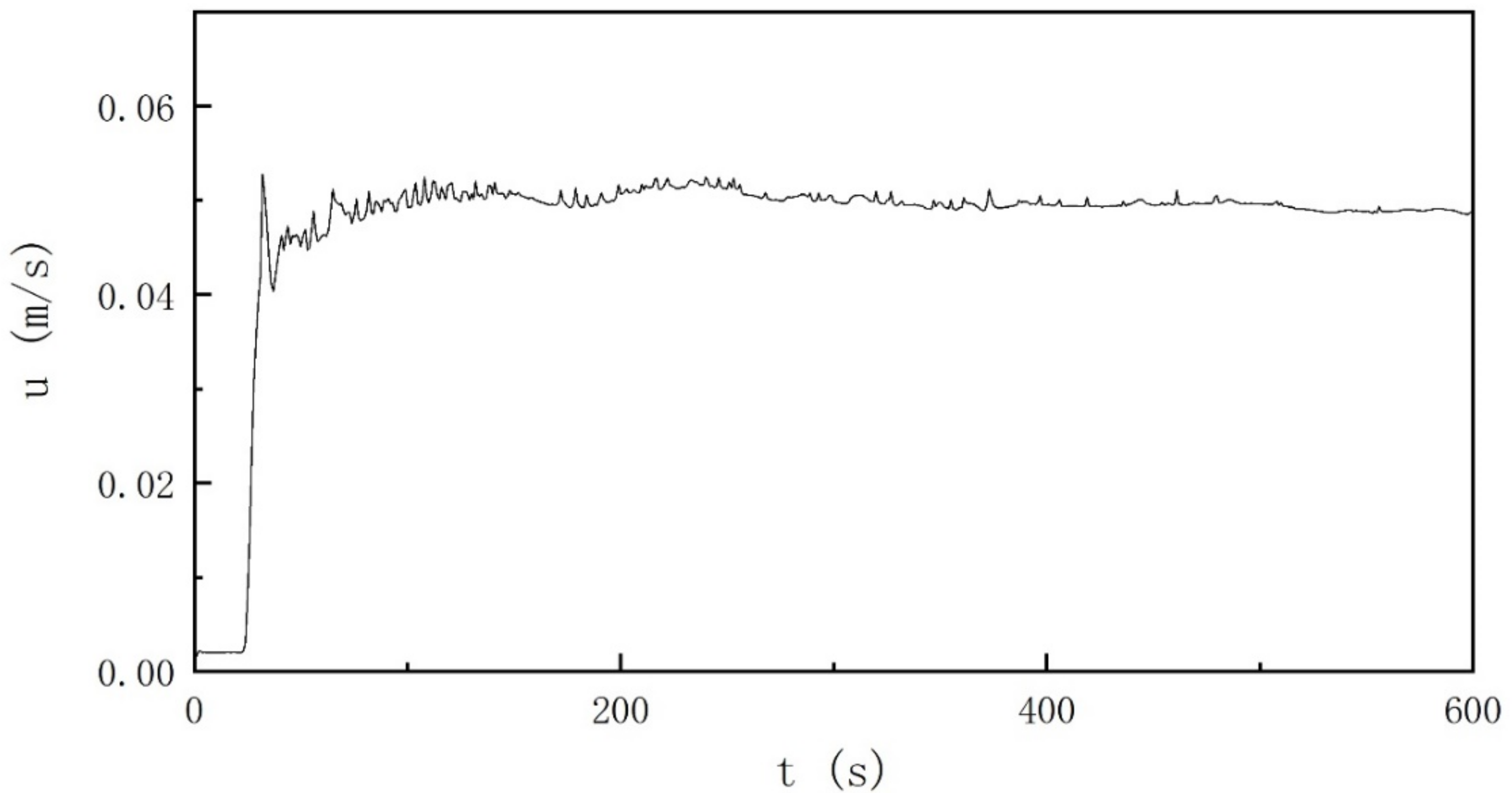







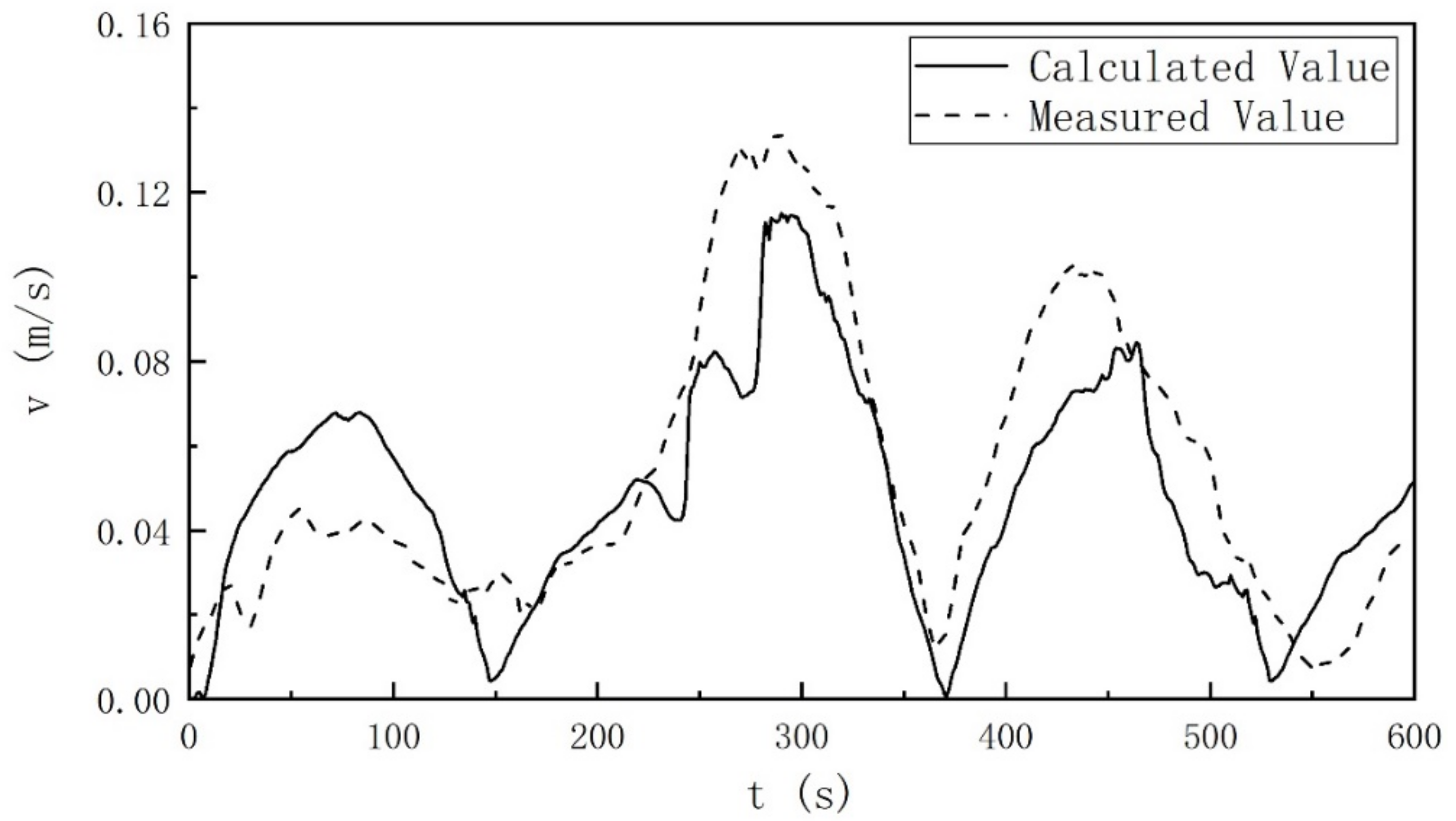





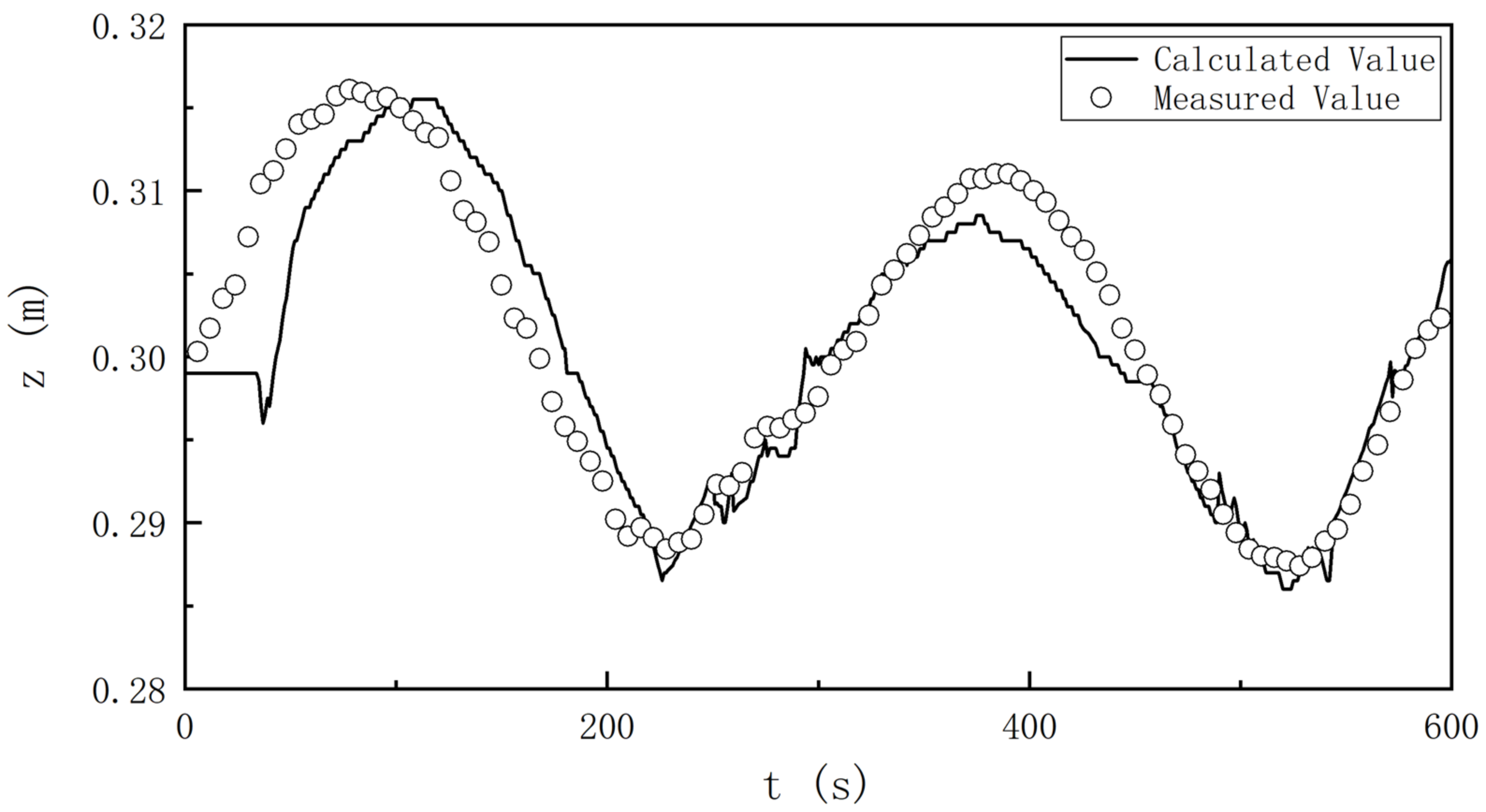
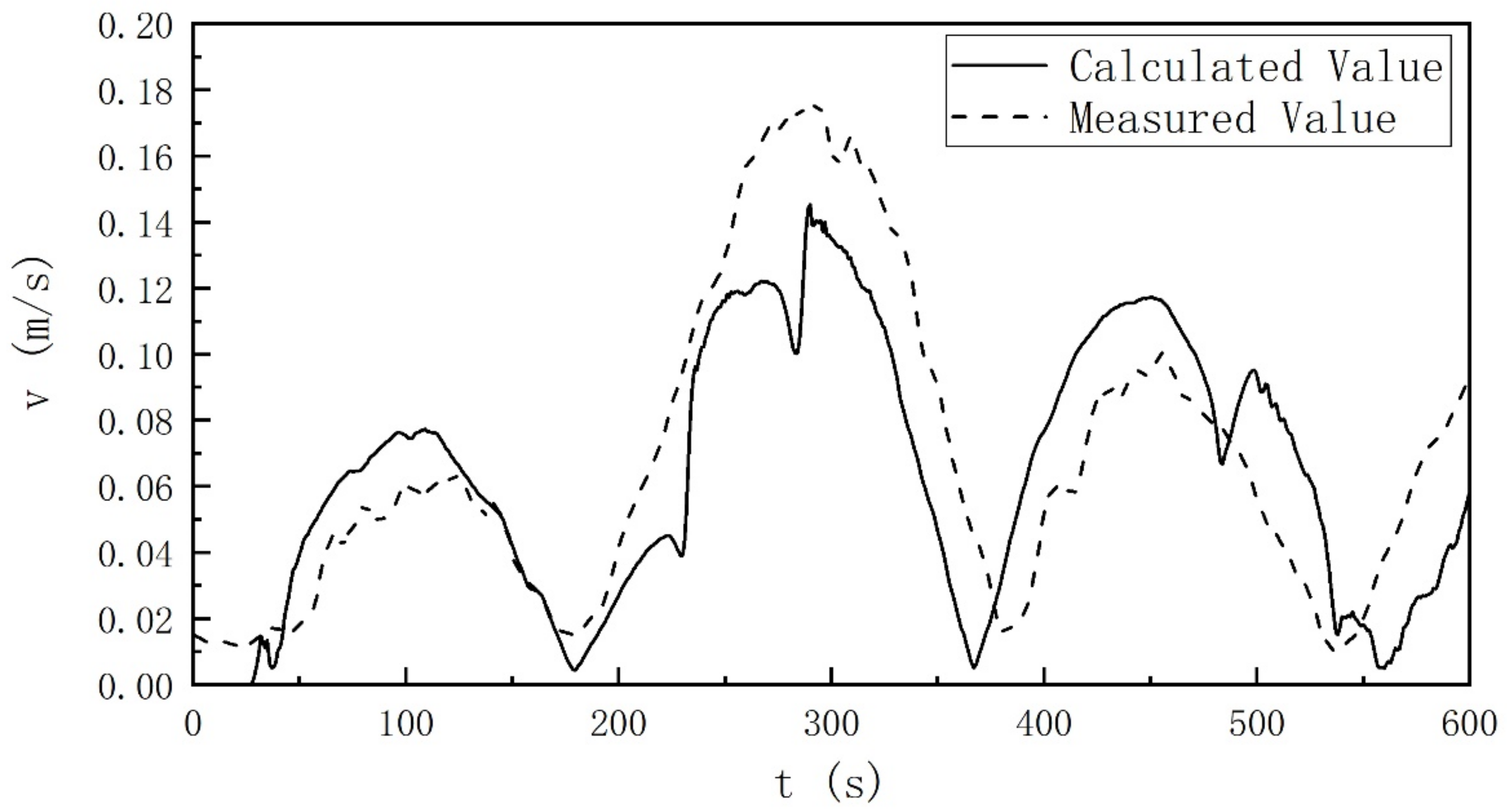
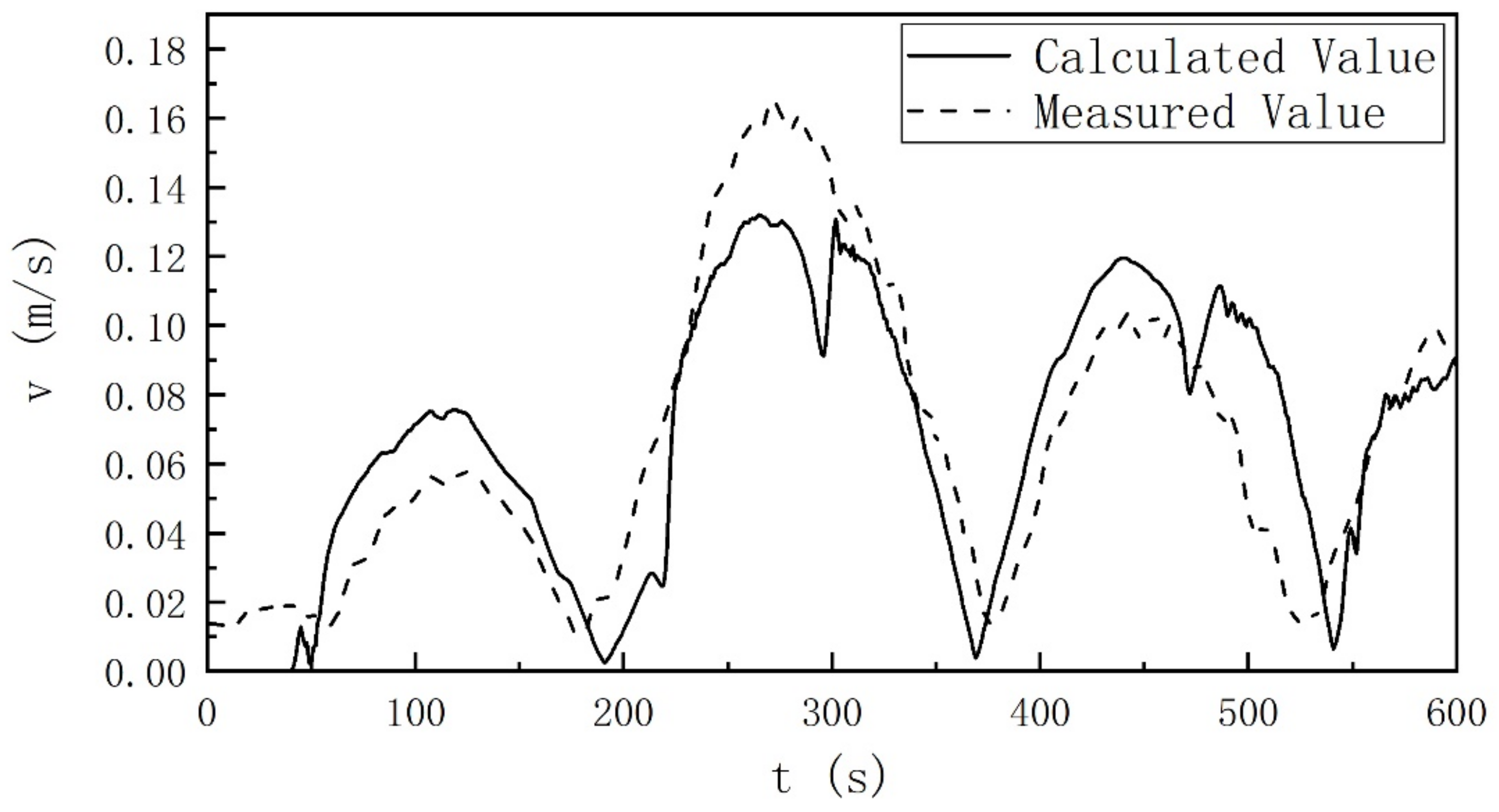
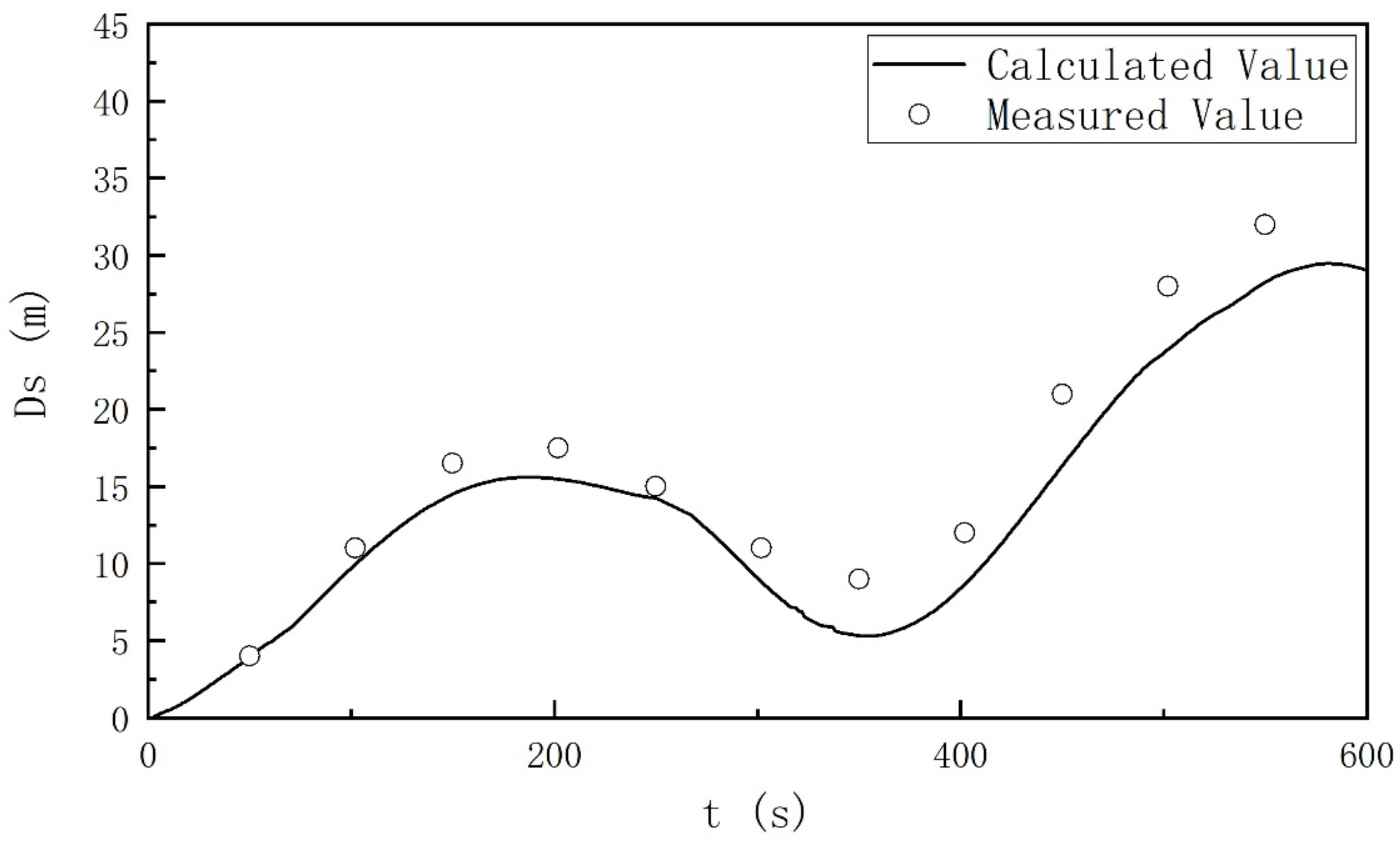

Publisher’s Note: MDPI stays neutral with regard to jurisdictional claims in published maps and institutional affiliations. |
© 2022 by the authors. Licensee MDPI, Basel, Switzerland. This article is an open access article distributed under the terms and conditions of the Creative Commons Attribution (CC BY) license (https://creativecommons.org/licenses/by/4.0/).
Share and Cite
Zhao, J.; Zhu, L.; Li, J. Numerical Experiment on Salt Transport Mechanism of Salt Intrusion in Estuarine Area. Water 2022, 14, 770. https://doi.org/10.3390/w14050770
Zhao J, Zhu L, Li J. Numerical Experiment on Salt Transport Mechanism of Salt Intrusion in Estuarine Area. Water. 2022; 14(5):770. https://doi.org/10.3390/w14050770
Chicago/Turabian StyleZhao, Jun, Liangsheng Zhu, and Jianhua Li. 2022. "Numerical Experiment on Salt Transport Mechanism of Salt Intrusion in Estuarine Area" Water 14, no. 5: 770. https://doi.org/10.3390/w14050770
APA StyleZhao, J., Zhu, L., & Li, J. (2022). Numerical Experiment on Salt Transport Mechanism of Salt Intrusion in Estuarine Area. Water, 14(5), 770. https://doi.org/10.3390/w14050770





